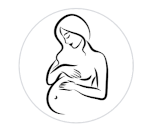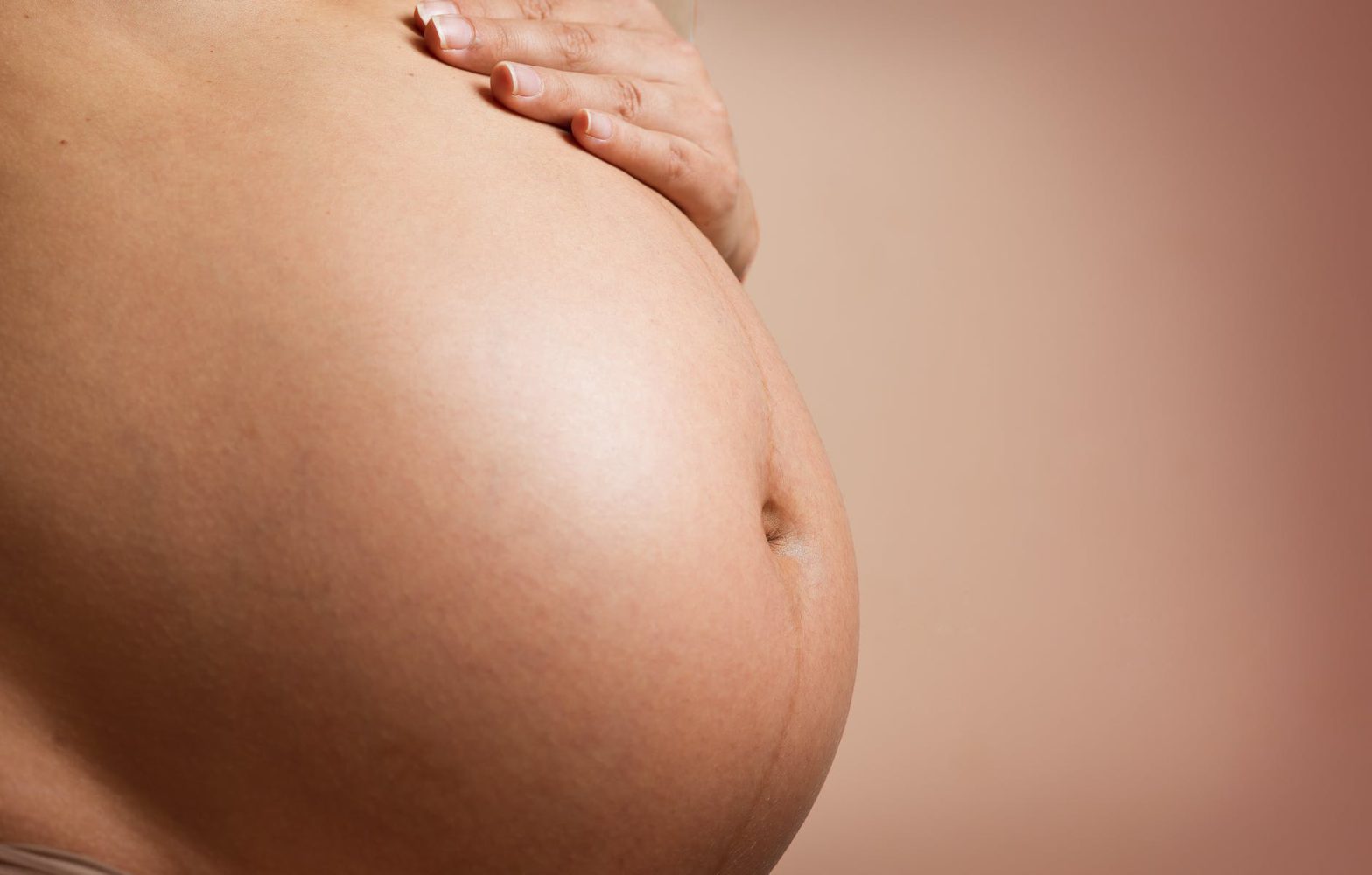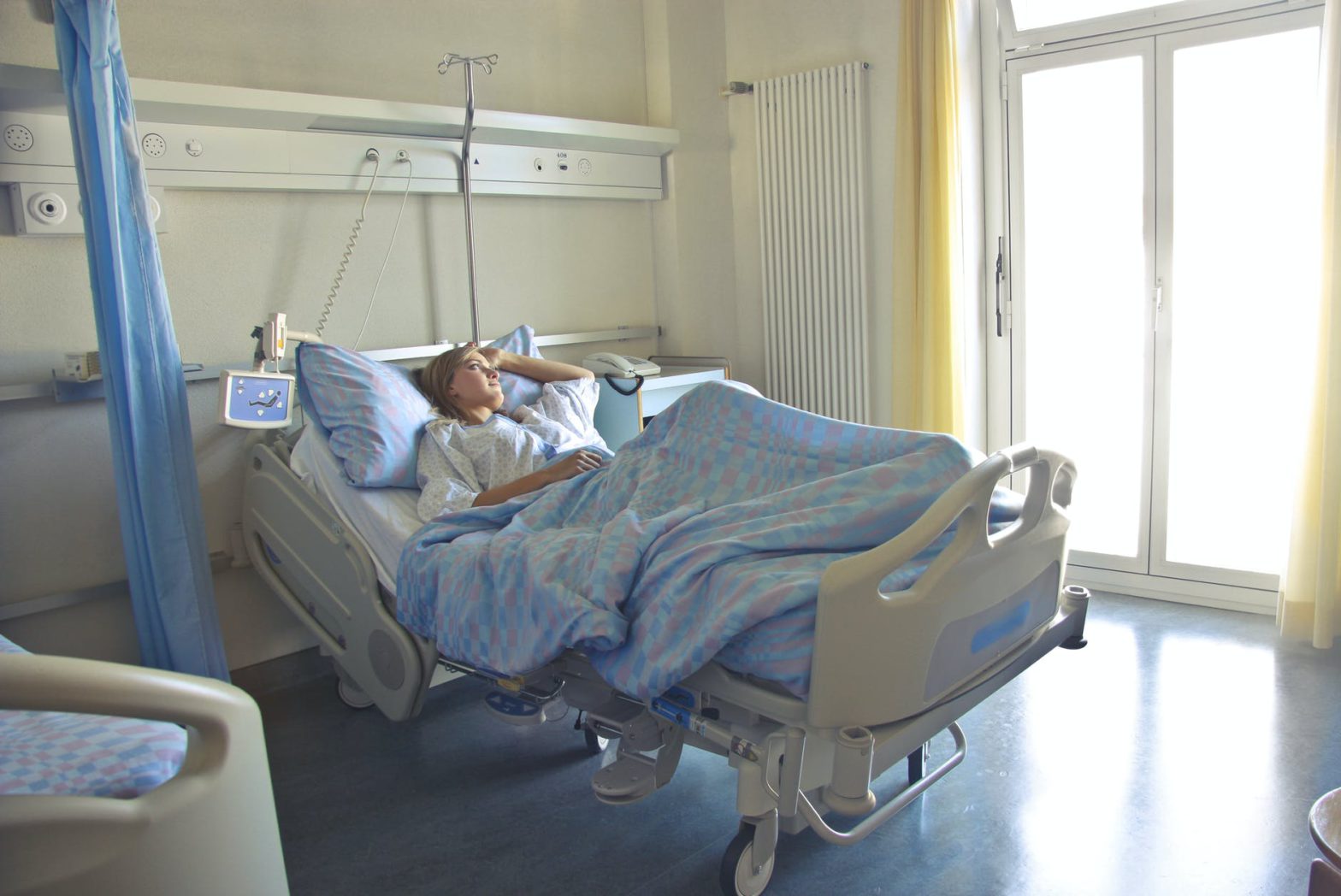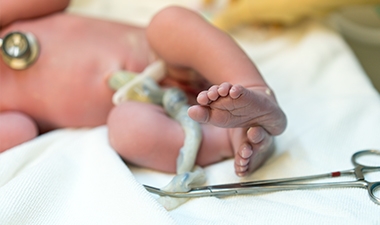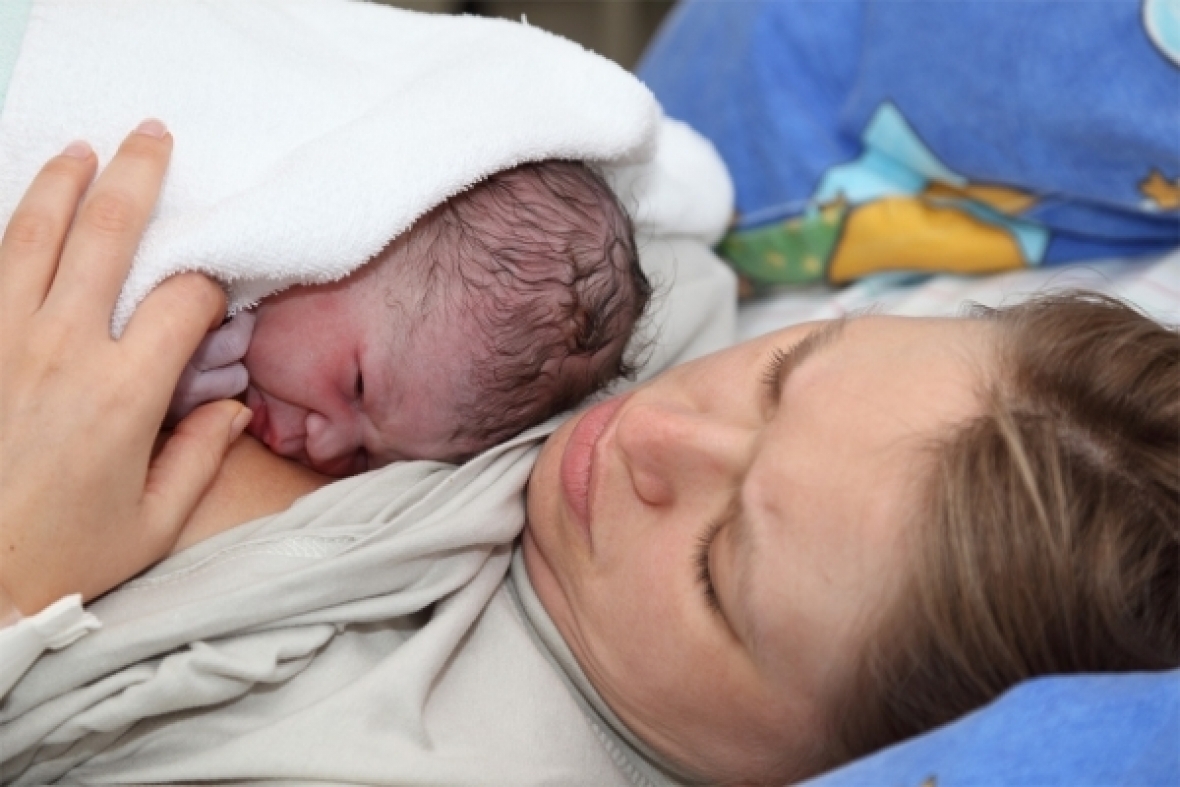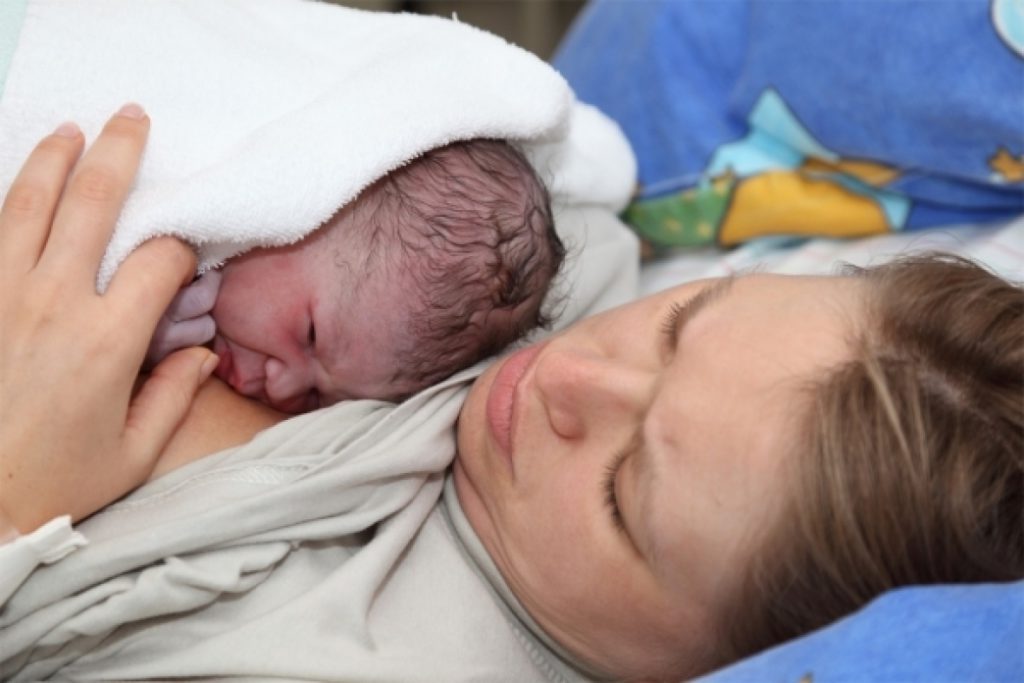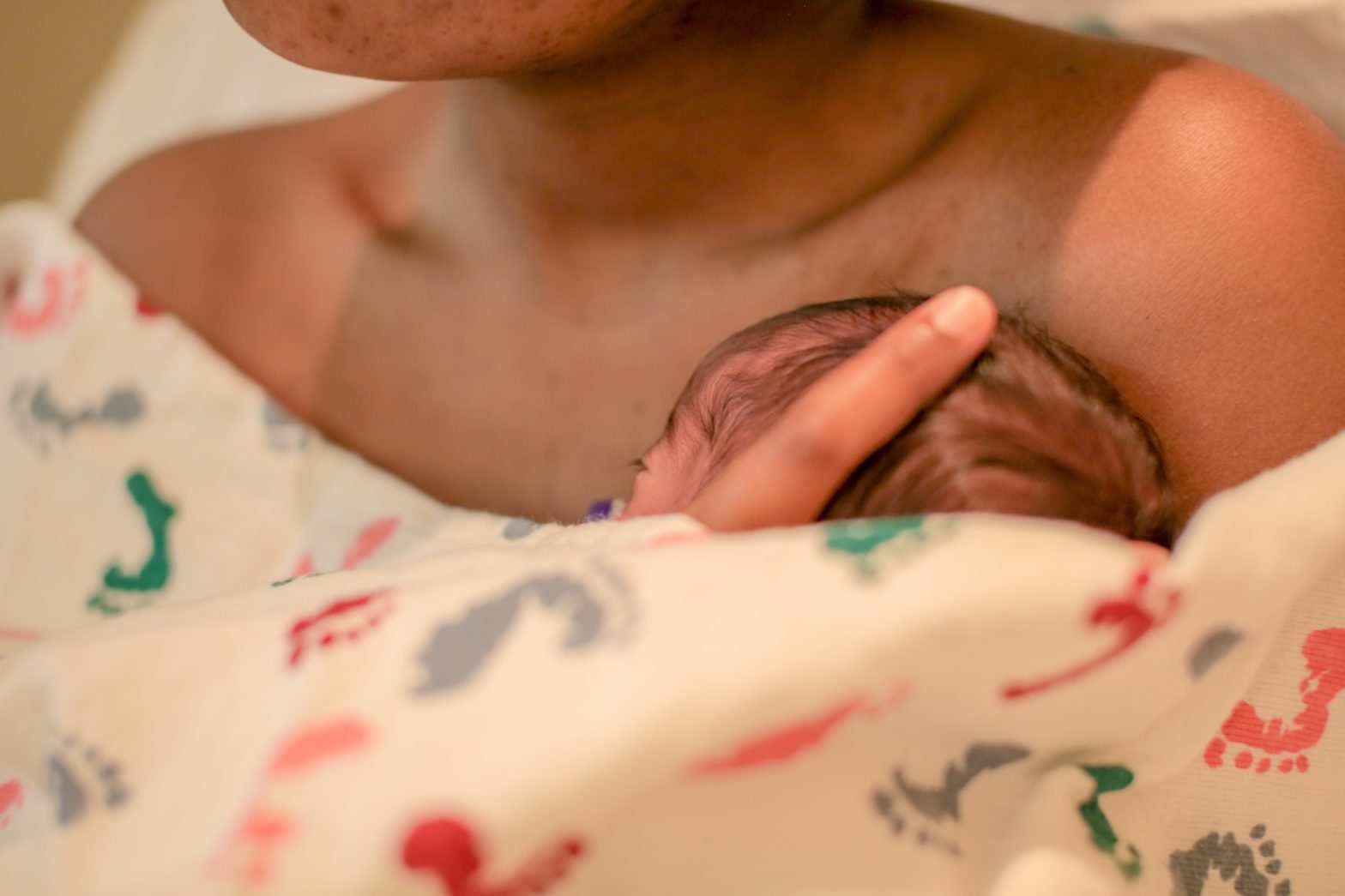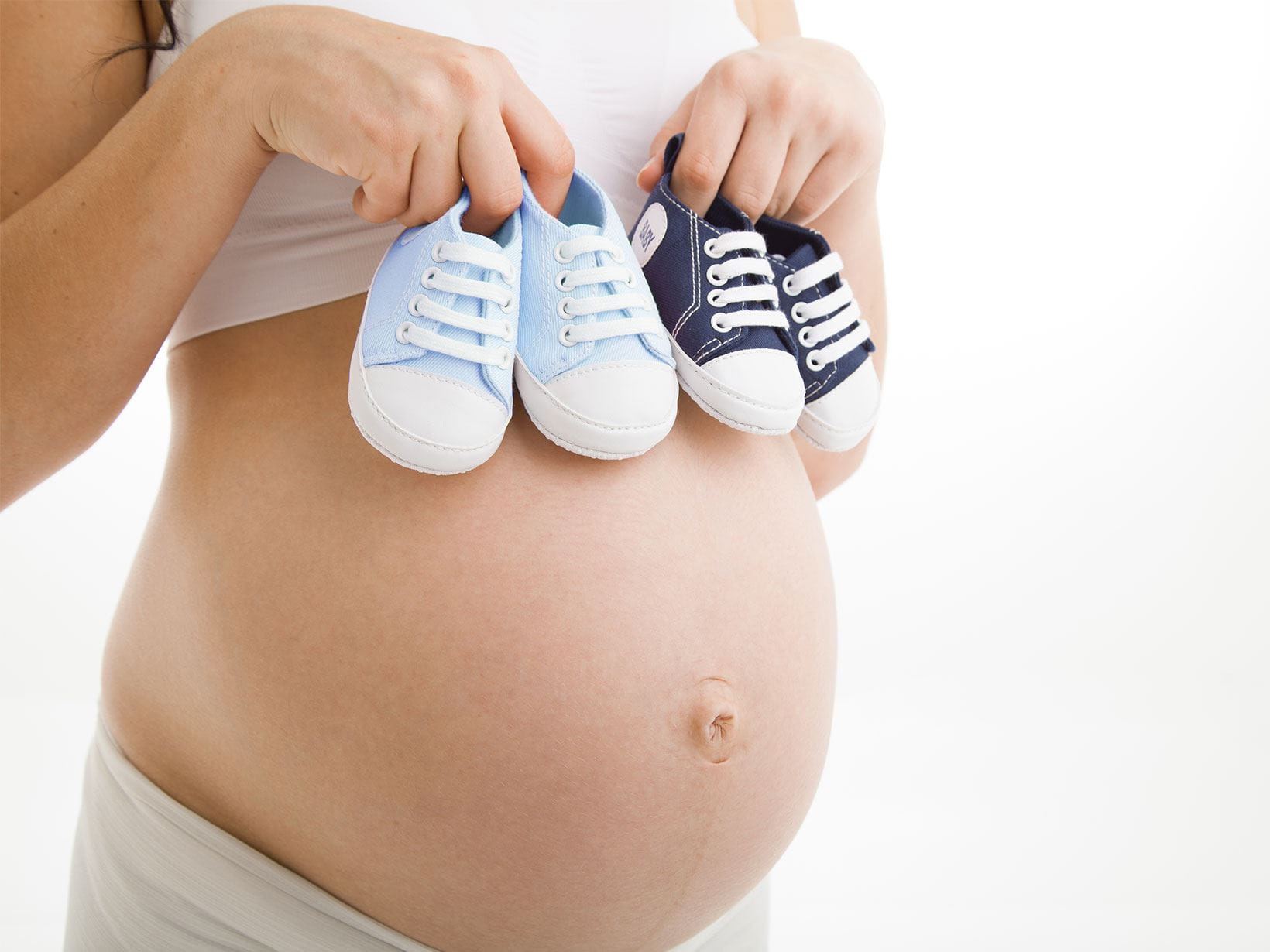Free motricity consists in letting your child acquire skills on his own. Therefore, you must not get him used to being in an environment that would make him dependent: banish baby walking frames and baby bouncers, do not hold his hands to teach him how to walk, etc.

This approach favours your child’s normal and natural growth. By giving him more freedom and autonomy he can develop self-confidence and will be less dependent on adults. He will also have less frustrations and will be convinced he can do simple things on his own, such as walking.
Moreover, this technique allows you to save money that you would have spent in useless items that go against the natural growth of your child.
How to do it?
- Put a carpet on the floor and place toys on it if you wish. Then keep an eye on your child and intervene as little as possible so that he can safely start exploring his body.
- Encourage your child to follow his exploring by motivating him when he tries something and by congratulating him when he succeeds.
